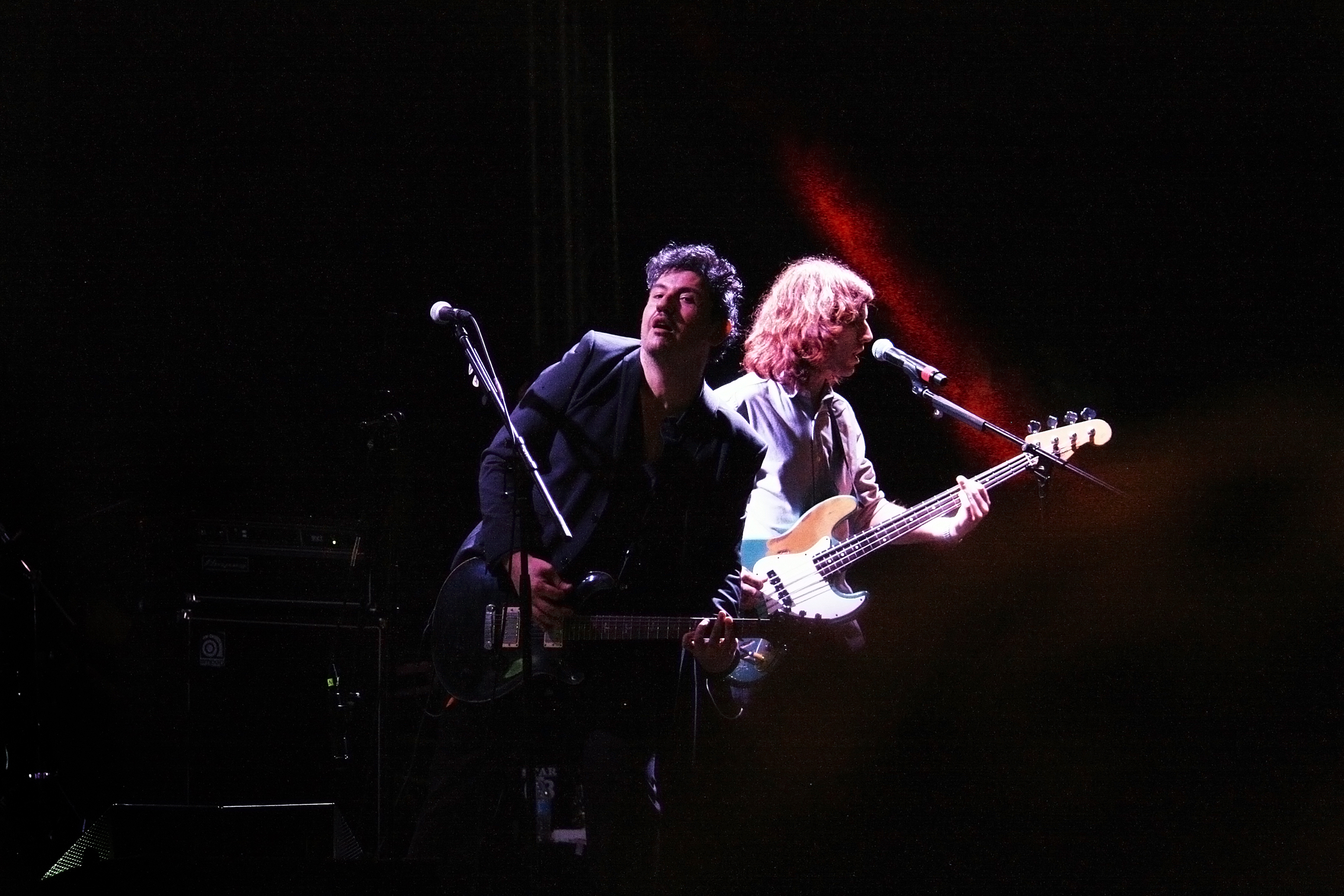
The band also performed "Peligroso Pop" for the AIDS benefit album Silencio=Muerte: Red Hot + Latin Redux produced by the Red Hot Organization. It was promoted by the single Millionaire, and had a small reference to Tony Blair.

They also did release Tasty, a compilation of Greatest Hits and B-sides, complemented by the release of a DVD.
#Plastilina mosh peligroso pop remix movie
During these years, the band did songs for two movie soundtracks Puños Rosas and La mujer de mi hermano, where Rosso appeared. The most notable singles were Peligroso Pop and Te lo juro por Madonna. The record consists of 18 tracks, all joined by a similar idea and concept. The band took the idea of working with compositions rather than working as a band. The third album, a concept album called Hola Chicuelos, was mostly credited to Rosso, who has also produced artists like Jumbo, Volován and Panorama. The first single was Human Disco Ball and the second was Bassass, both making good rotation into Latin charts. After the recording in Monterrey and San Francisco, Plastilina decided to name the record after the name of a friend of the band. The follow-up was Juan Manuel, a more dance-oriented album produced by Chris Allison (who has worked with The Beta Band and Money Mark). It was recognized as the Record of the Year in Mexico and many other countries, selling 150,000 copies. Other singles promoted were Afroman and Monster Truck. The '70s actress Lyn May appeared in the video and it peaked at number #1 on the Latin MTV. Mosh, and it became their most famous song. The production was completed in Arcata, California, with Tom Rothrock and Rob Schnapf.Īquamosh was finally released in 1998. The third one was with the Mexican group Café Tacuba. The second session was with Jason Roberts, (producer of Cypress Hill's songs). From these sessions came the tracks Aquamosh and Monster Truck.

The first one was in Los Angeles, with Sukia, a group that had worked previously with the Dust Brothers. It was recorded in three stages, each in a different city. The recording was an extravagant and complex experience.

As a result, they began to record a complete album. On their first visit to Los Angeles, they got the attention of producers like Money Mark ( Beastie Boys), The Dust Brothers and Butthole Surfers. They received nominations for Best New Artist in many local awards, and then, the American MTV played their video, making them one of the first rock en español bands video to make a crossover. Shortly thereafter, the video started being played on music video channels and radio stations. Then, they started to get attention from the public and the press with their performances. Back in early 1997, Plastilina traveled to Mexico City, where they recorded the video and the single of Niño Bomba, released under the independent label Tómbola! Recordings, which sold 5000 copies.


 0 kommentar(er)
0 kommentar(er)
